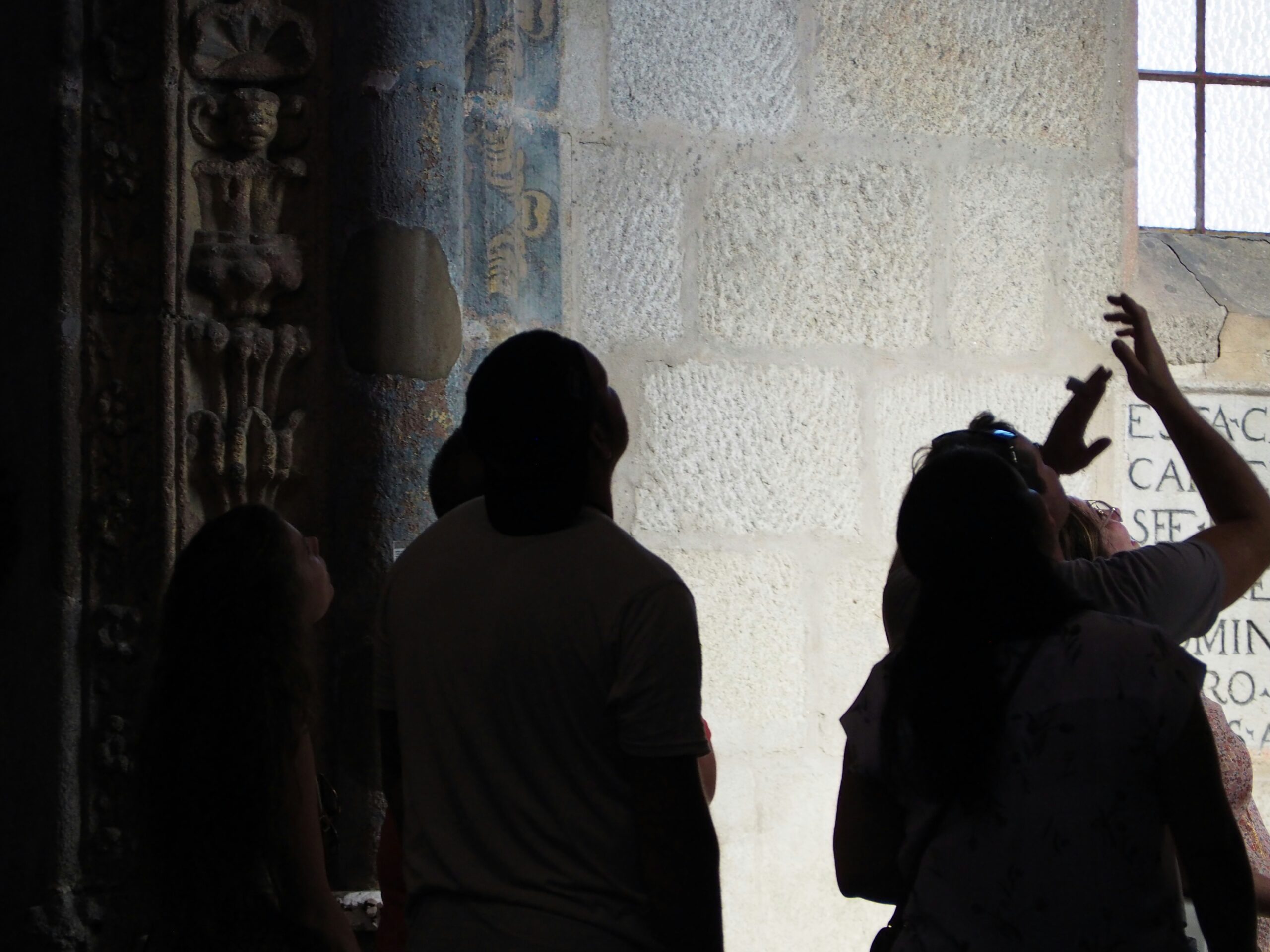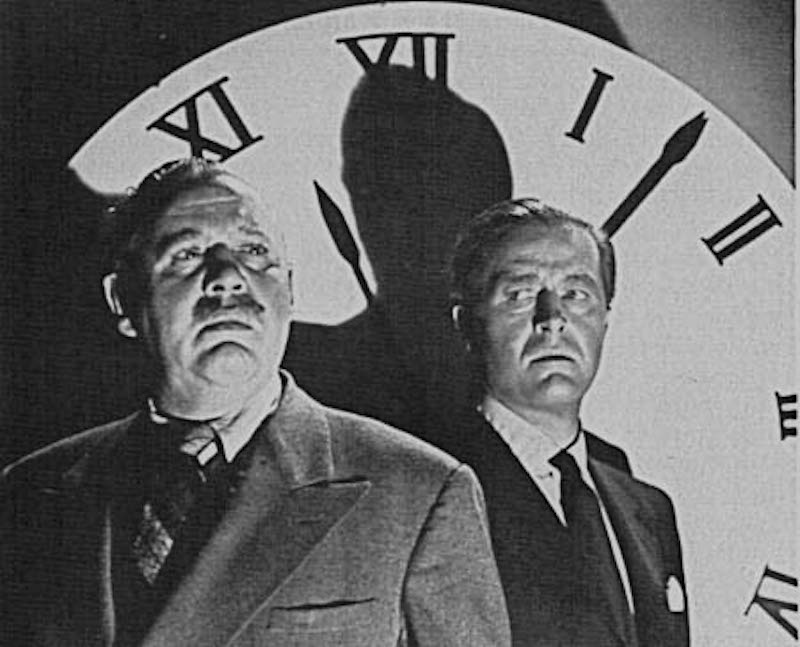"Instead of "Thank you for your service," try, "We're sorry you had to expend your blood, sweat, tears and toil to clean up our monumental failings." Every time you meet one of the dwindling numbers of WWII veterans...
Of Manifestoes and Buildings and Truman and Stuff
[Edited two days later to fix some typos and unclear, stream-of-consciousness-type unclear phrases.] During the recent effort to rename the Russell Senate Office Building, it would have been nice to remember that both...









